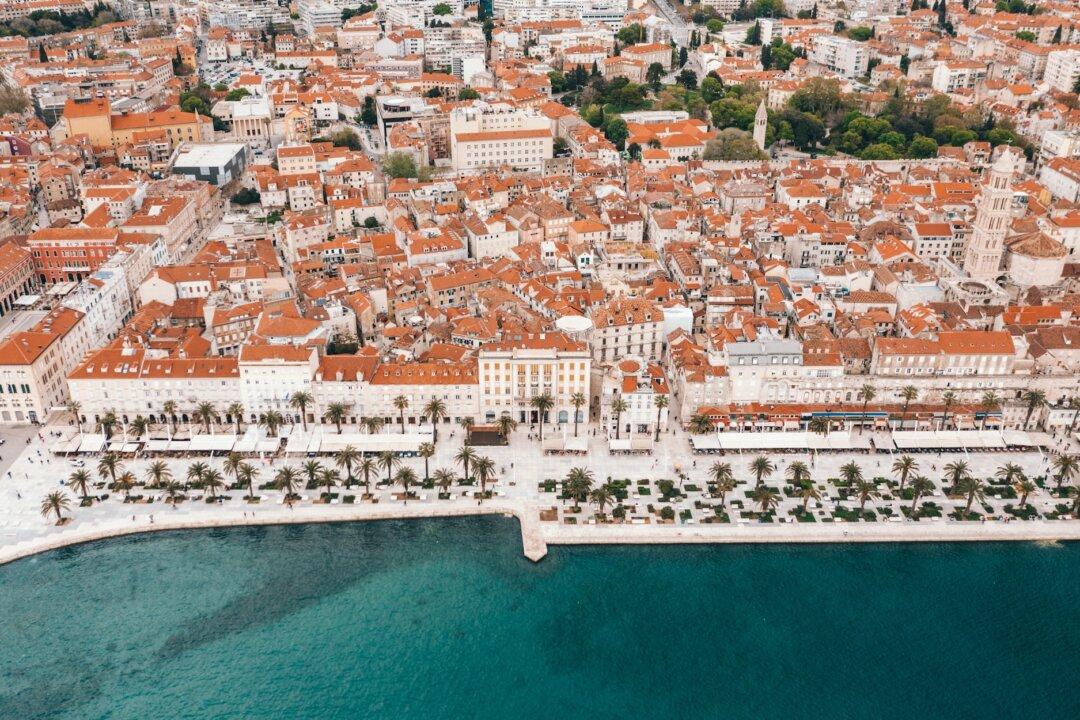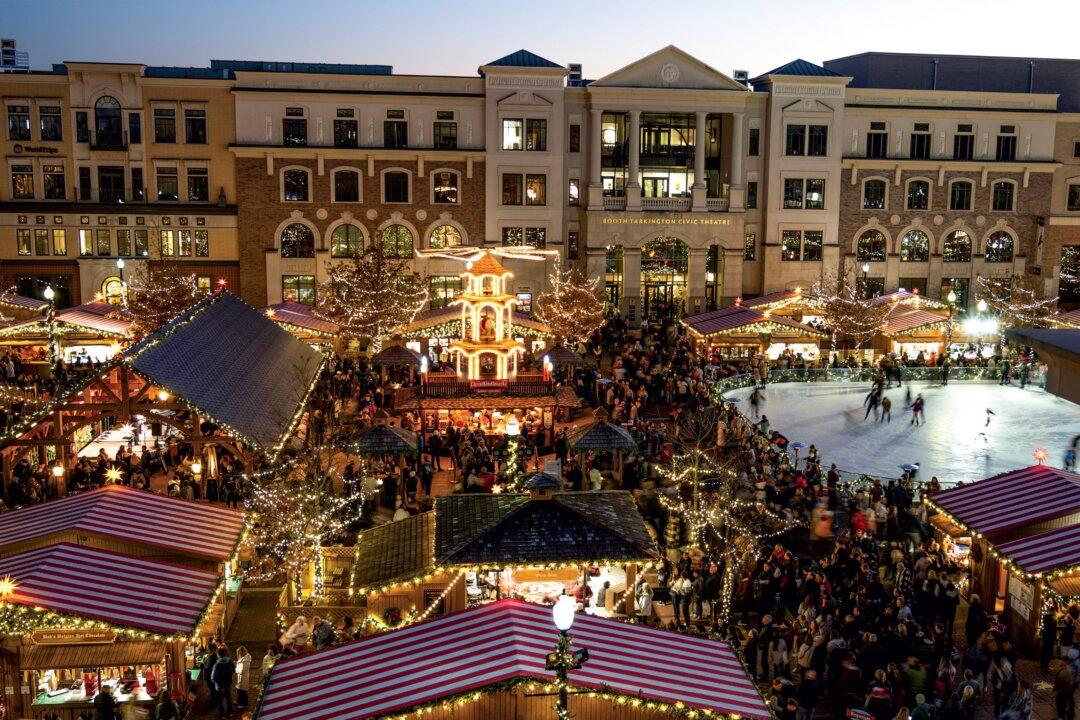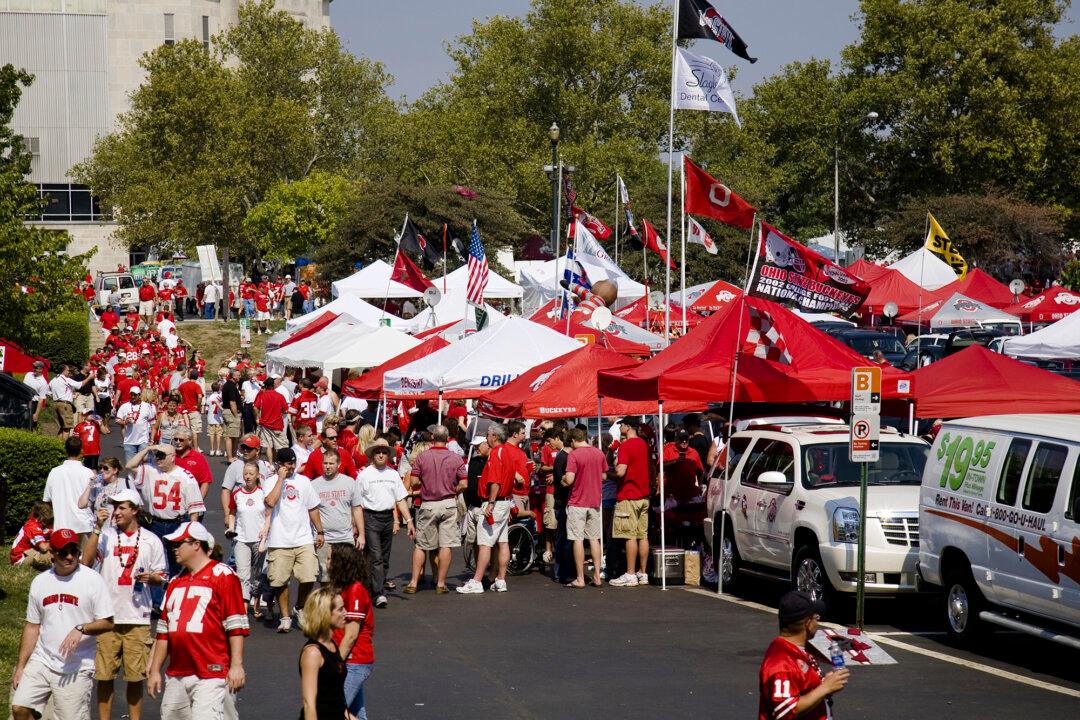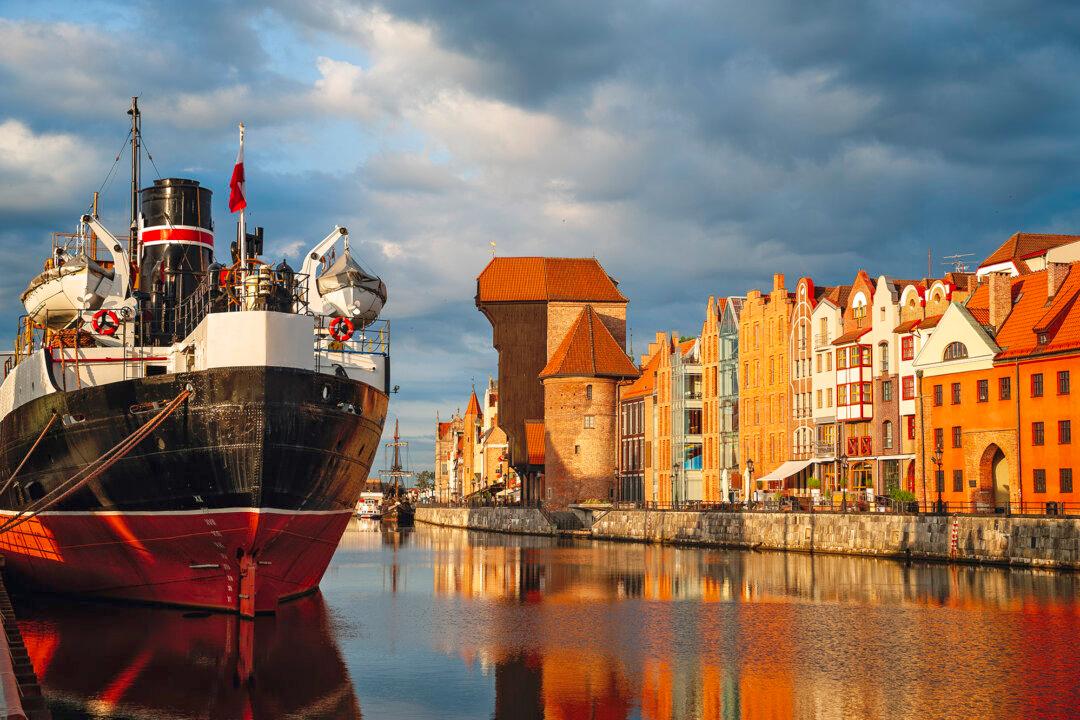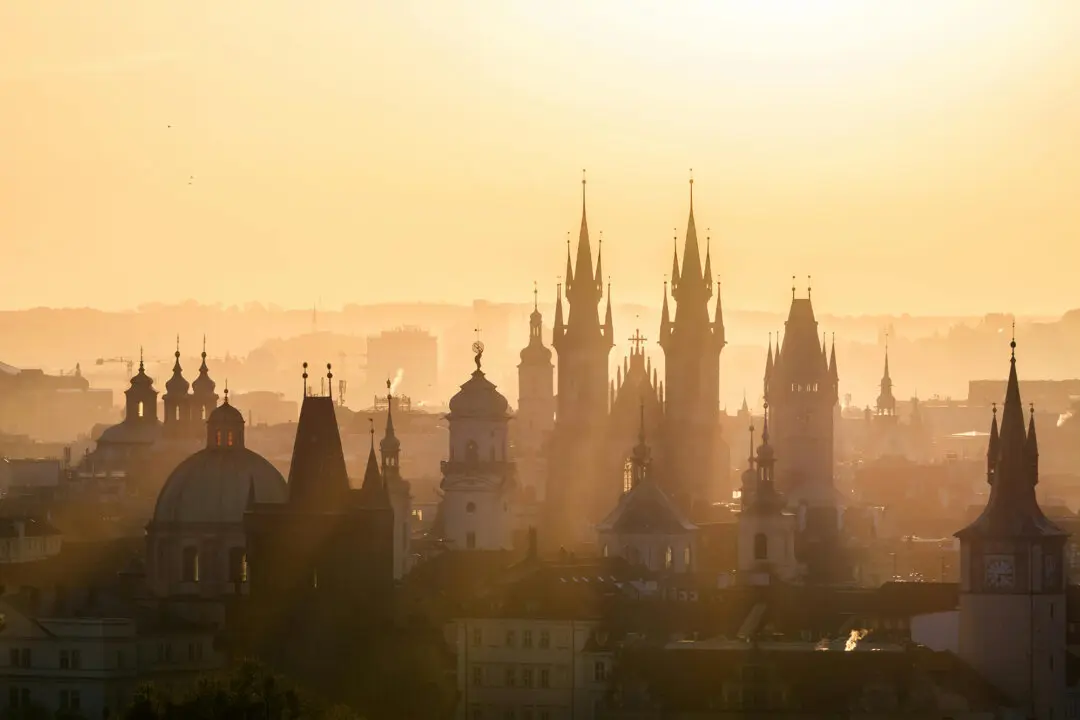Like so many cities set on ancient coastlines, Split has many multiple identities—all of them fascinating. Once the capital of the Roman Empire, the many centuries formed layers and layers. Which makes this Adriatic jewel a wonder to wander.
Turn left, and you’re in Byzantium. Right, and maybe some remnants of Venice. I was looking forward to getting lost—in all the best ways. But first? A little time in the nearby countryside to taste the robust flavors of this corner of Croatia.

